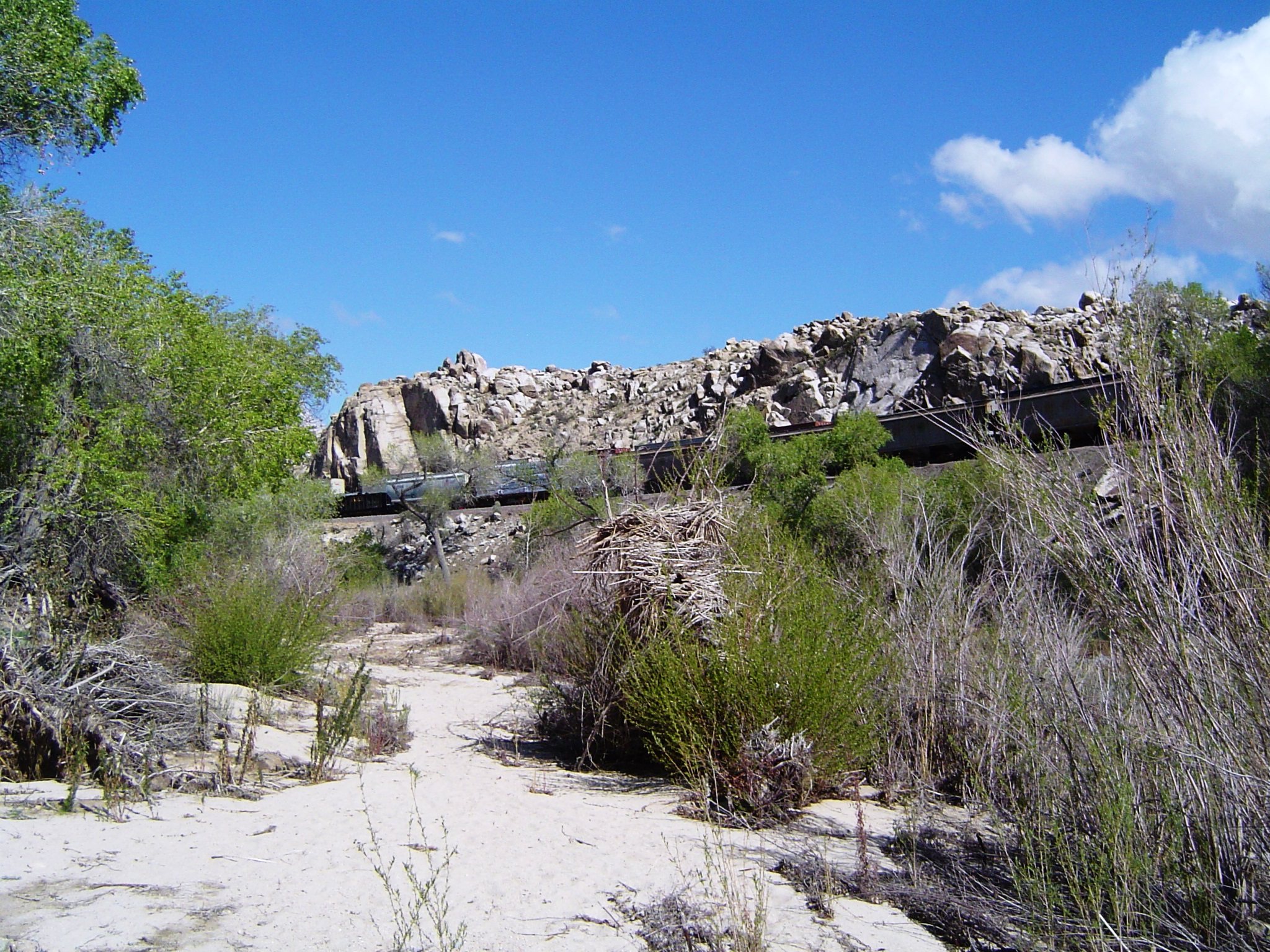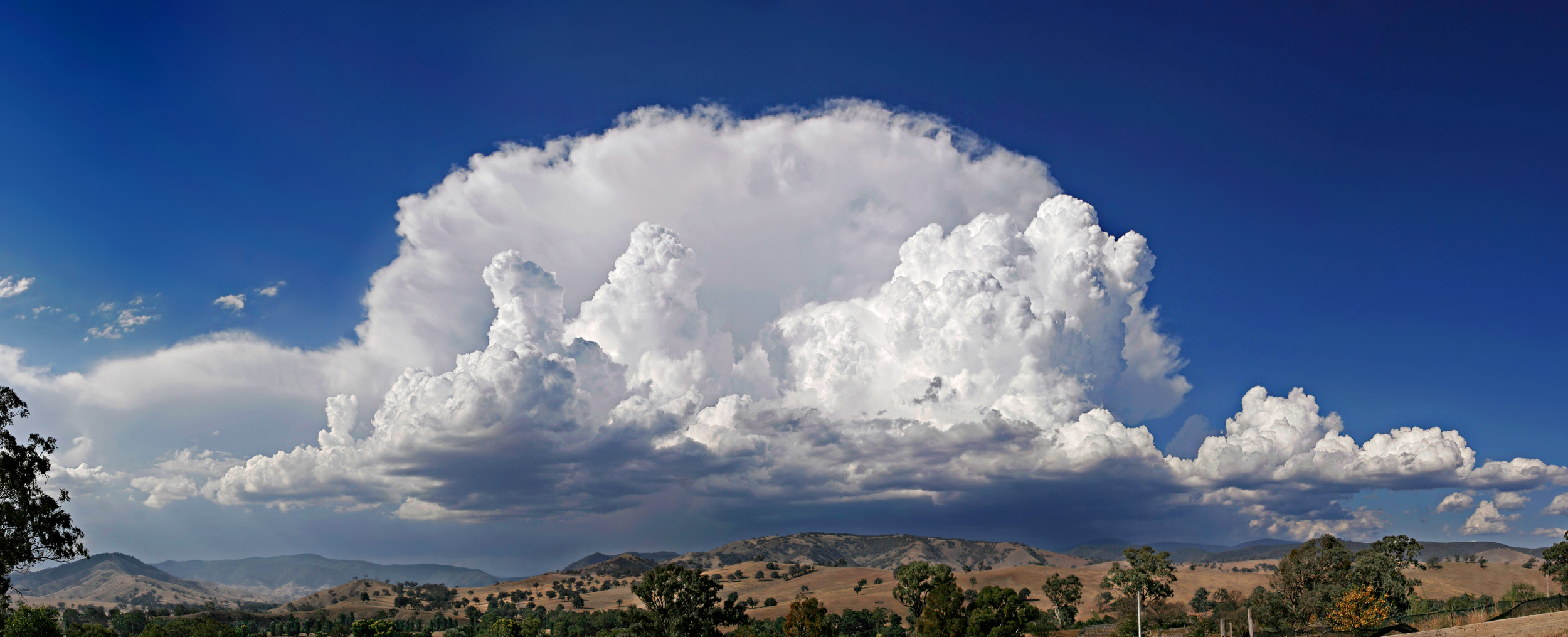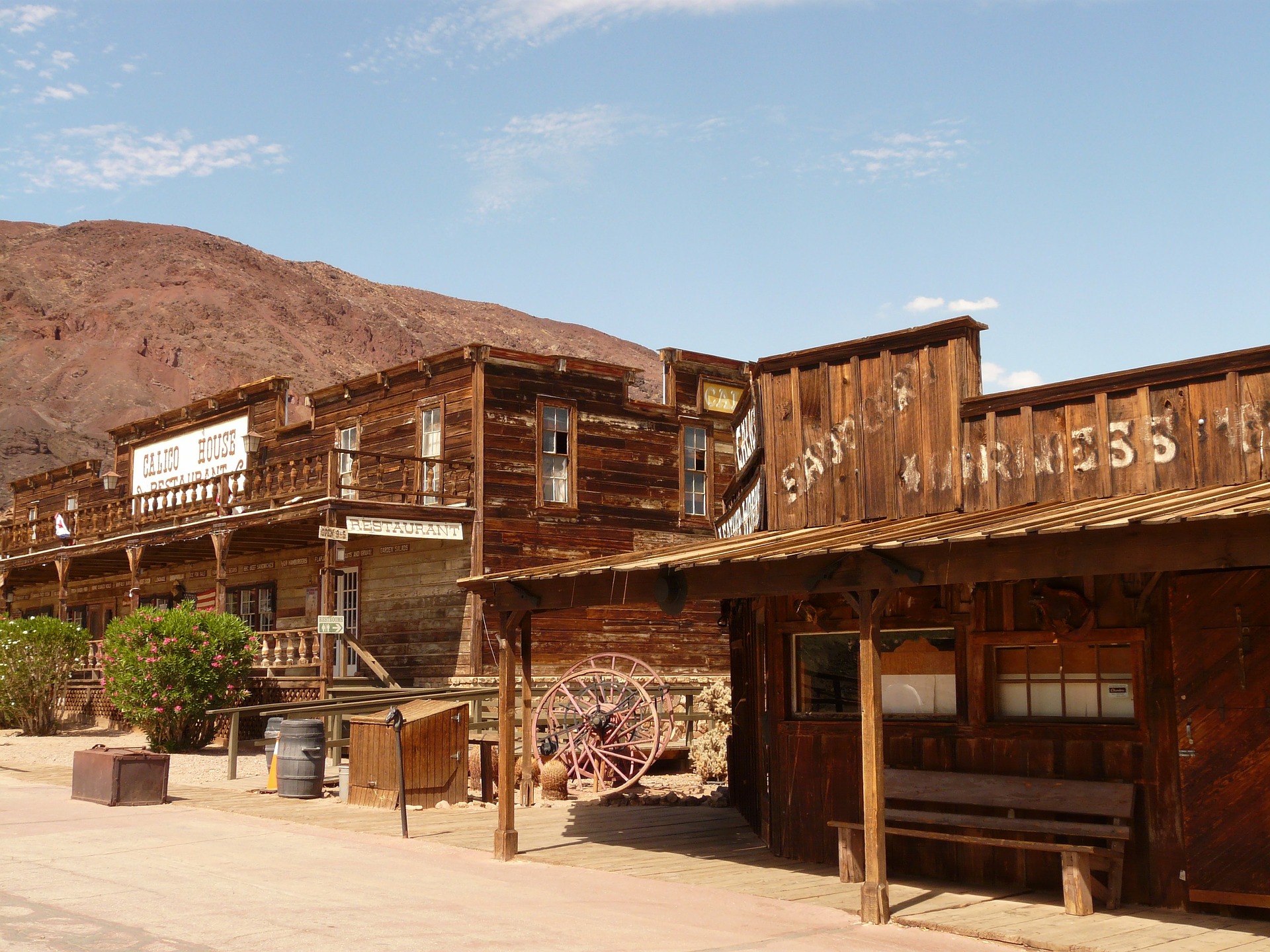Heavy rain in December and January is bringing the promise of lovely wildflowers to hillsides across Southern California in spring 2023, though the extent and duration will depend on whether and how much additional rain falls during the remainder of February and March.
In 2019, the last wetter year in the Southland, many Californians flocked to Walker Canyon in Lake Elsinore to witness a spectacular “superbloom” of poppies. Thousands of social media feeds included selfies and group shots taken amidst the lovely flowers.
This year, officials are closing the canyon to visitors, out of crowd management concerns and at the desire of local residents.
But the closure of Walker Canyon doesn’t mean you can’t get a good look at local wildflowers in 2023. Here are five alternative locations to visit. Though wherever you go, remember to take nothing but photos and be respectful of private property.

The Gavilan Hills
Essentially, this is visiting the other, quieter side of the Walker Canyon hillsides. The easiest approach is Lake Matthews Drive off Cajalco Road. Much of this area is part of the Lake Matthews Estelle Mountain Reserve. The nearby Hartford Springs County Park is a good spot for day hikes in this area.

The La Sierra Hills
The hills between Norco and Riverside are accessible at several spots, including Doty Trust Park and Hidden Valley Nature Preserve. Mostly yellow flowers make the hillsides particularly lovely, while the views of the surrounding valleys are camera-perfect!
Anza Borrego Desert State Park
This desert nature preserve has been a popular place for wildflower hunters for decades. The town of Borrego Springs offers lodging, dining and supplies in the middle of this largely undeveloped natural area.
Antelope Valley California Poppy Reserve
This is probably the best opportunity to get up close and personal with California’s official state flowers, the golden poppy. There are eight miles of trails at this park near the High Desert town of Lancaster, as well as a visitor center with interpretive displays.
The Flower Fields in Carlsbad
These aren’t wildflowers per se but rather commercially grown flowers. But this is far and away the most spectacular flower spot in Southern California (and perhaps in all of the United States), in operation from March through Mother’s Day.
In addition to these spots, don’t forget your own neighborhood or commuting routes you travel each day. Take some time to explore your immediate environs – oftentimes there is considerable beauty right under your nose!













